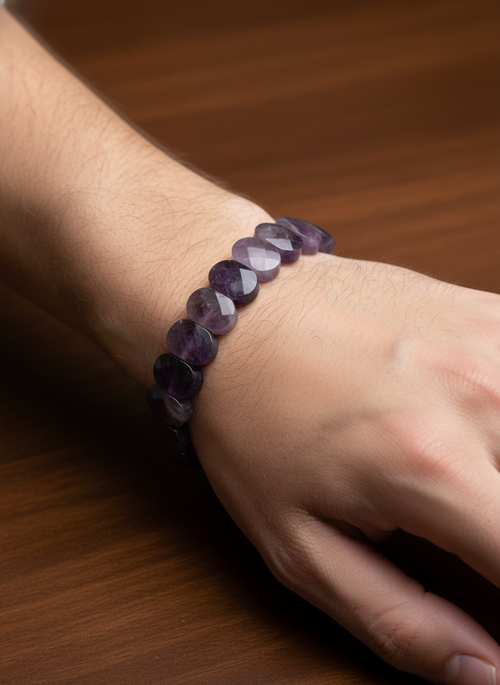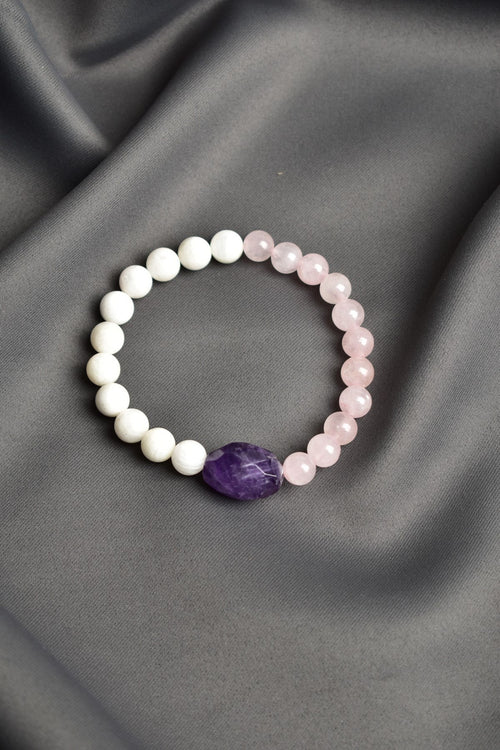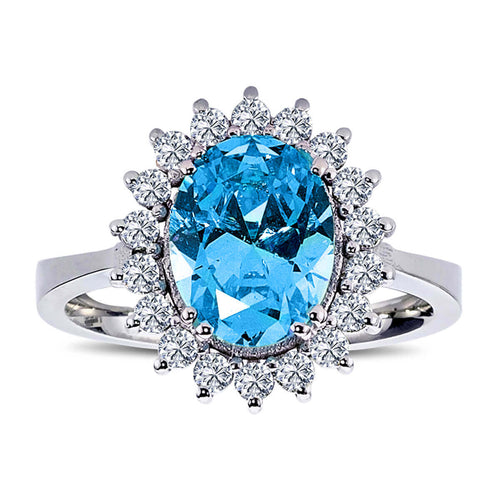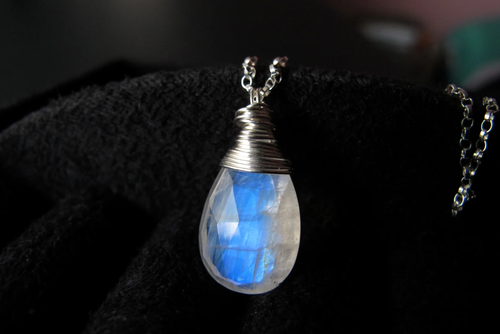ALL PRODUCTS IGSL INTERNATIONAL CERTIFIED
Chrysocolla is a natural stone known for its unique blue and green tones and gains color due to its copper content. This stone, which takes its name from the Greek words "chrysos" (gold) and "kolla" (glue), is frequently used in jewelry and decorative objects with its aesthetic appearance and soft structure. This article will provide detailed information about the properties of Chrysocolla (Chrysocolla) stone, the regions where it is extracted, its geological formation and areas of use.
1. Definition and Properties of Chrysocolla Stone
Chrysocolla is a copper-bearing hydrosilicate mineral, often found in association with other minerals such as azurite, malachite, and quartz. It ranks 2 to 4 on the Mohs hardness scale, making it a relatively soft stone. Chrysocolla's color is due to its copper content, which gives it its distinctive blue-green tones.
- Color Variations: Chrysocolla stone can be found in bright blue, green, turquoise and sometimes brown. The variety of colors depends on the degree of oxidation of the copper in the stone and other mineral inclusions. The most valuable Chrysocolla stones are those with vibrant blue and green hues.
- Crystal System: Chrysocolla is an amorphous mineral, meaning it does not have a specific crystal structure. However, it is often found in association with other minerals as nodules, drops, or massive masses.
- Luster and Transparency: Chrysocolla usually has a dull or waxy luster. The stone is usually opaque, although some specimens may be translucent.
2. Geological Formation of Chrysocolla Stone and Regions Where It Is Extracted
Chrysocolla is formed in the oxidation zone of copper ores. It is usually found in copper mines and is found together with other copper minerals such as azurite and malachite. The main countries where chrysocolla is mined are:
- Peru: Peru is one of the most important regions for high-quality Chrysocolla. The stones mined here are often bright blue and turquoise in color and are often used in jewelry.
- Chile: Chile is particularly known for its blue and green Chrysocolla deposits. The stones found here are often found near copper mines and are mined in large crystalline masses.
- United States: Rich Chrysocolla deposits are found in the United States, especially in the states of Arizona and New Mexico. The stones mined in this region are generally dark blue and green in color and are preferred for collecting and jewelry.
- Mexico: Mexico is known as a major producer of Chrysocolla. The stones mined here are of high quality and are often bright blue and green in color.
- Congo (DRC): The Democratic Republic of Congo is also an important region for Chrysocolla production due to its rich copper deposits. The stones found here attract attention with their vibrant colors and large masses.
3. Usage Areas of Chrysocolla Stone
Chrysocolla is used in various areas due to its unique colors and aesthetic value. Here are the common uses of Chrysocolla stone:
- Jewelry: Chrysocolla is a popular stone used in jewelry. It is often elegantly displayed in necklaces, bracelets, earrings and brooches. The blue and green tones of the stone give jewelry a natural and vibrant look.
- Decoration: Chrysocolla stone is also widely used in decorative arts and interior design. Large masses or carved sculptures are preferred as an aesthetic element in homes and offices.
- Collection: Rare and high quality Chrysocolla stones attract great interest from collectors and are exhibited in private collections and museums.
- Arts and Crafts: Chrysocolla stone is also used in arts and crafts. The stone's unique colors and soft texture make it an ideal material for a variety of artistic projects.
4. Care and Cleaning of Chrysocolla Stone
Chrysocolla stone is a stone that needs to be treated carefully because it has a soft structure. Here are some tips on caring for Chrysocolla stone:
- Cleaning: It is recommended to use only a dry cloth or a soft brush to clean Chrysocolla stone. Water or chemical cleaners may damage the surface of the stone.
- Storage: Store Chrysocolla separately from other stones to protect it from scratches and impacts. Wrapping the stone in a soft cloth can help protect the surface of the stone.
- Protection: When using Chrysocolla as jewelry, care should be taken. Avoid hitting or dropping it on hard surfaces, as the stone can easily crack or break.
Conclusion
Chrysocolla stone has an important place in the world of jewelry and decoration with its unique blue and green tones, aesthetic value and rarity. Chrysocolla stones, mined in countries such as Peru, Chile, the USA, Mexico and Congo, attract great attention especially in aesthetic and elegant jewelry. Chrysocolla stone attracts attention with its unique structure and color, and is a valuable stone that requires careful care.



























